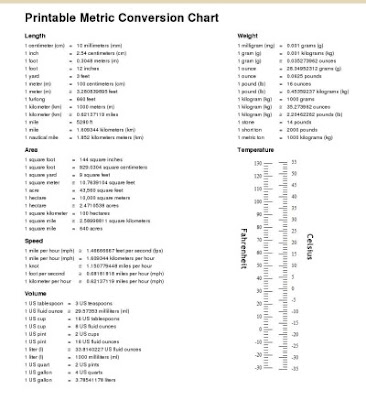Following the state standards?
As you're probably aware, each state has learning standards for various school subjects and grades.
What many don't know, though, is that the MAJORITY of the math standards are poorly written.
This is what Thomas B. Fordham Foundation has found in its research. They have published the findings in their State of State Math Standards 2005.
They gave state math standards grades - and 29 of the states get Ds or Fs! Only three states - California, Indiana, and Massachusetts - received grade A!
So why is that? The executive summary (makes for excellent reading) lists nine major, widespread problems within most states' standards:
So for the most part, beware of following state standards. Remember also that textbooks (at least those written for public schools) often follow state standards. But unfortunately, that won't necessarily make for good learning.
Tags: math, mathematics, standards
What many don't know, though, is that the MAJORITY of the math standards are poorly written.
This is what Thomas B. Fordham Foundation has found in its research. They have published the findings in their State of State Math Standards 2005.
They gave state math standards grades - and 29 of the states get Ds or Fs! Only three states - California, Indiana, and Massachusetts - received grade A!
So why is that? The executive summary (makes for excellent reading) lists nine major, widespread problems within most states' standards:
1. Calculators
Typically state standards emphasize the use of calculators.
"But for elementary students, the main goal of math education is to get them to think about numbers and to learn arithmetic. Calculators defeat that purpose."
2. Memorization of Basic Number Facts
Many states don't require that students memorize basic facts. But that is the only way to truly progres in mathematics studies, because when they are memorized, it
"...frees up working memory to master the arithmetic algorithms and tackle math applications. Students who do not memorize the basic number facts will founder as more complex operations are required, and their progress will likely grind to a halt by the end of elementary school."
3. The Standard Algorithms
Most states don't require that students know the standard algoritms for addition, subtraction, multiplication, and division!
"...They are guaranteed to work for all problems of the type for which they were designed. Knowing the standard algorithms, in the sense of being able to use them and understanding how and why they work, is the most sophisticated mathematics that an elementary school student is likely to grasp, and it is a foundational skill."
4. Fraction Development
Again, typically the standards don't pay too much attention to fractions. At high school level, studying rational functions relies heavily upon student's understanding of fraction arithmetic.
5. Patterns
Are they really that important?
"The attention given to patterns in state standards verges on the obsessive. In a typical document, students are asked, across many grade levels, to create, identify, examine, describe, extend, and find "the rule" for repeating, growing, and shrinking patterns, where the patterns may be found in numbers, shapes, tables, and graphs. "
6. Manipulatives
Typically the standards, again, place too much emphasis on the usage of manipulatives.
"...too much use of them runs the risk that students will focus on the manipulatives more than the math, and even come to depend on them."
7. Estimation
Too much emphasis on estimation skills as opposed to finding the exact result.
8. Probability and Statistics
Are these topics really needed in kindergarten through 6th grade?
"...sound math standards delay the introduction of probability until middle school, then proceed quickly by building on students' knowledge of fractions and ratios. Many states also include data collection standards that are excessive. Statistics and probability requirements often crowd out important topics in algebra and geometry."
9. Mathematical Reasoning and Problem-Solving
Typically the standards don't include much in the way of problem solving.
"Children should solve single-step word problems in the earliest grades and deal with increasingly more challenging, multi-step problems as they progress. "
So for the most part, beware of following state standards. Remember also that textbooks (at least those written for public schools) often follow state standards. But unfortunately, that won't necessarily make for good learning.
Tags: math, mathematics, standards


Comments
However, no matter what curricula is used, it is the TEACHER that has the ultimate power over many of these things. The teacher can prohibit calculators until youngsters have learned basic arithmetic. The teacher can make sure kids learn basic facts and basic algorithms.
No matter what the book has, don't let statistics studies take away from arithmetic in elementary grades. In homeschool this may not be a problem at all. It's in public school where there are only so many lessons to cover all the material and so studying statistics truly takes away from studying arithmetic.
And so on. The teacher has the power to first use manipulatives, then teach kids to do math without them.
With better understanding of how math is learned and best taught we can use about any book judiciously.
FOr addition, it is this:
456
+ 98
--------
Similarly for subtraction and multiplication; it is when you place one number under another and the digits are neatly arranged in columns.
For division, it means long division.
These algorithms allow you to perform any of the operations using pencil and paper.
Obviously estimation is a good and needful skill, and checking answers by estimation is very commendable.